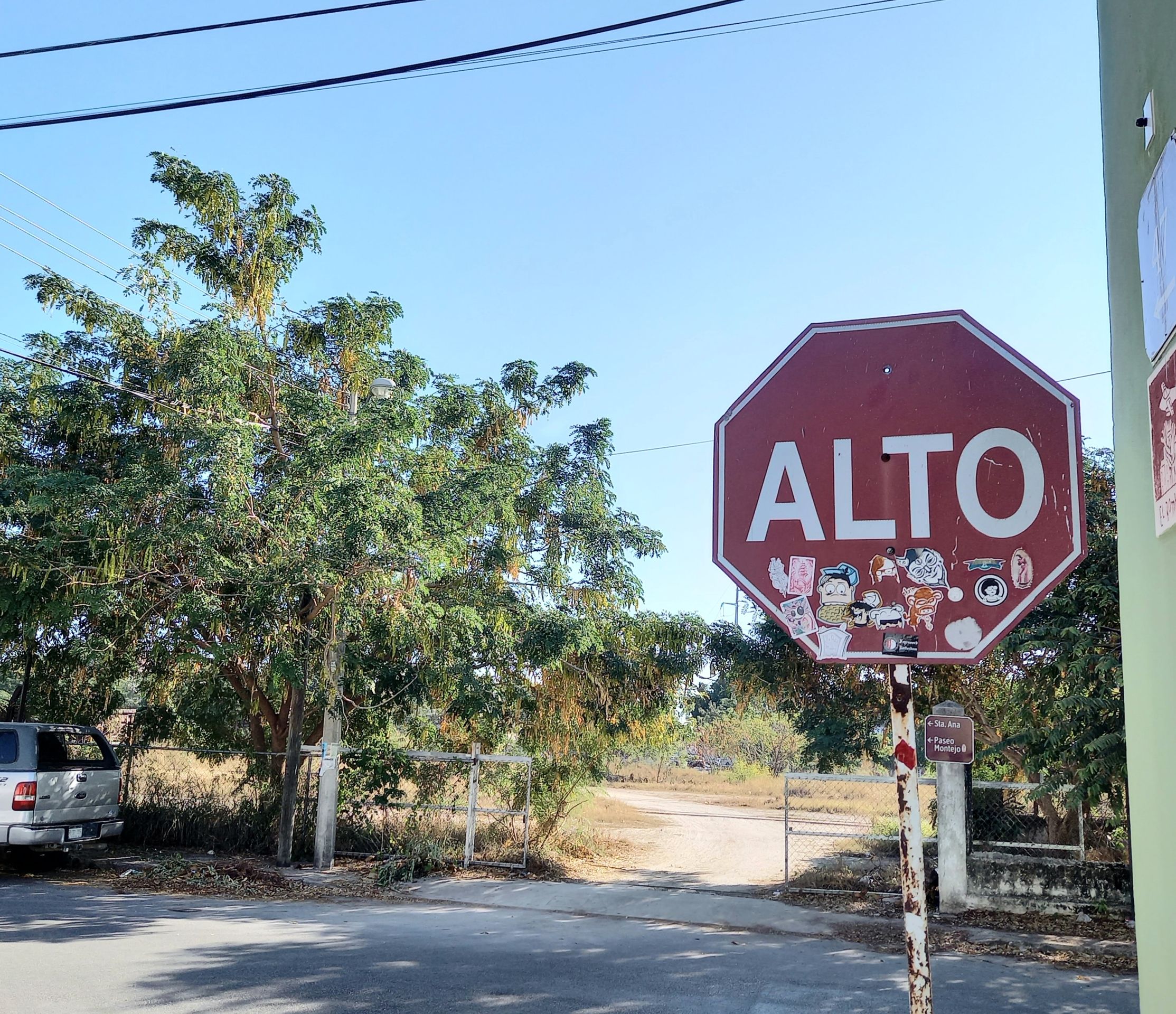Teotihuacan - archaeology at its best
Басылган: 29.01.2022
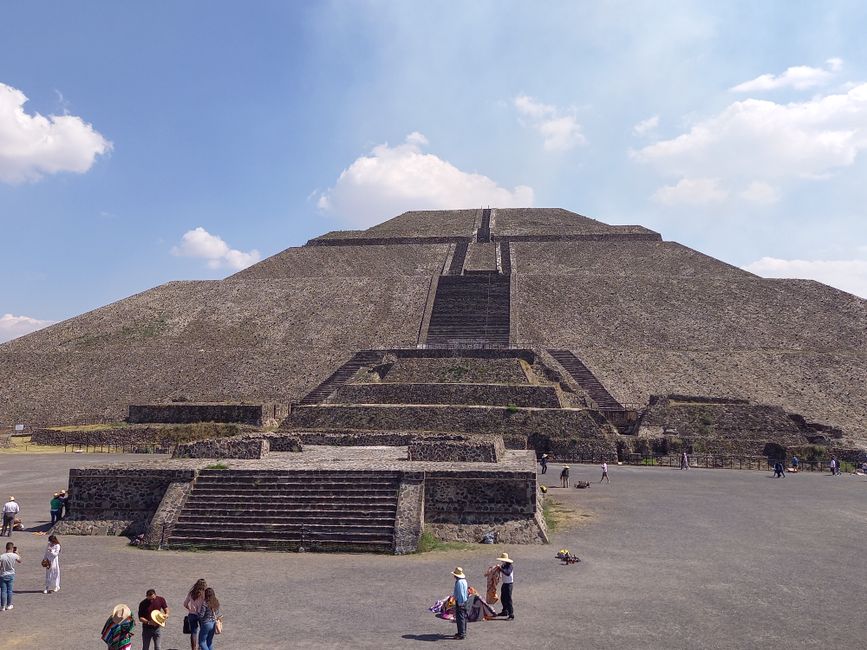

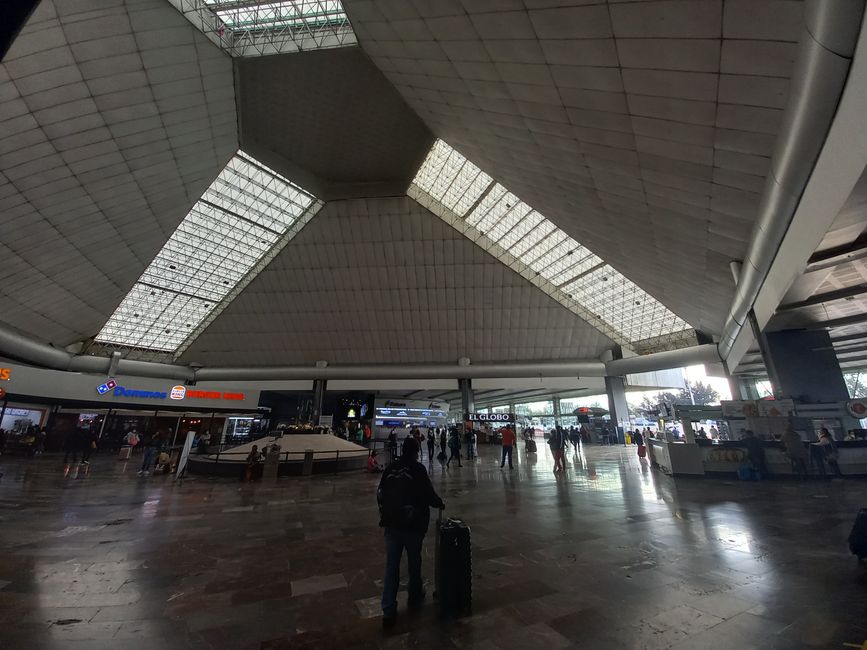
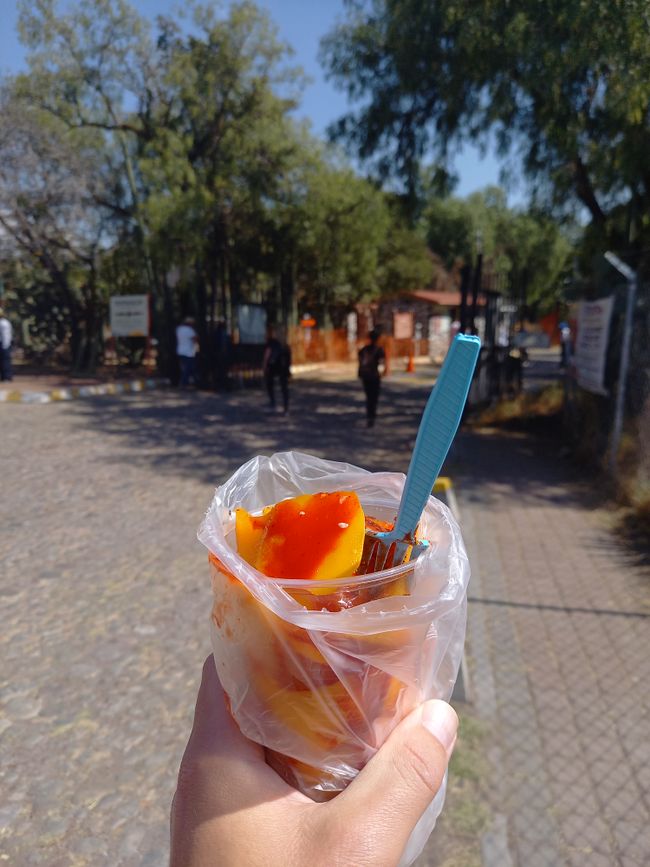
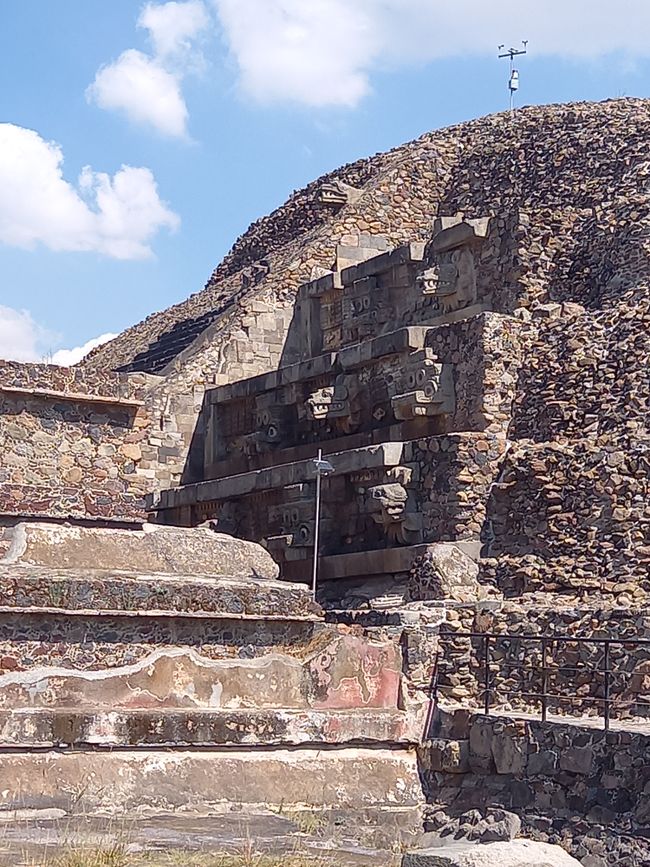
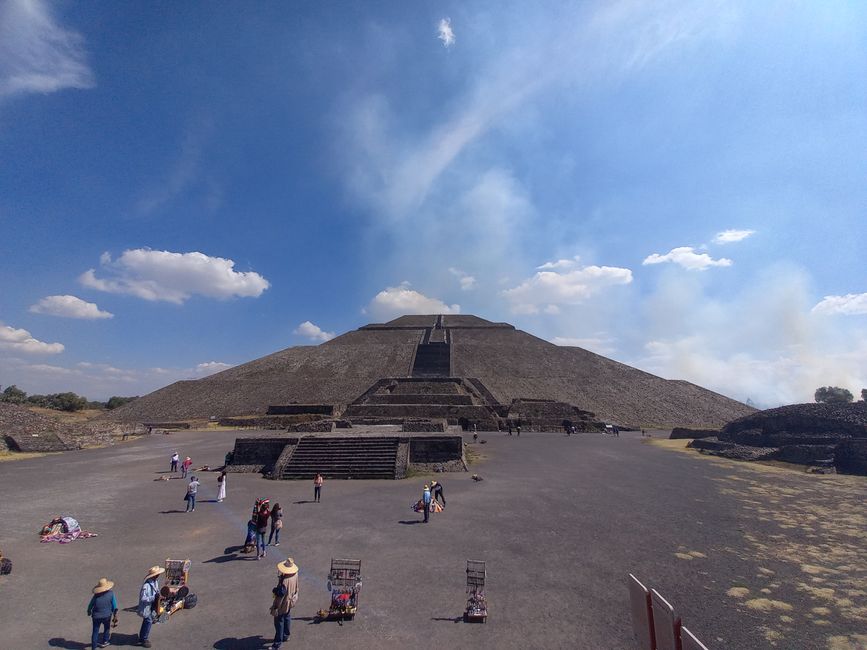
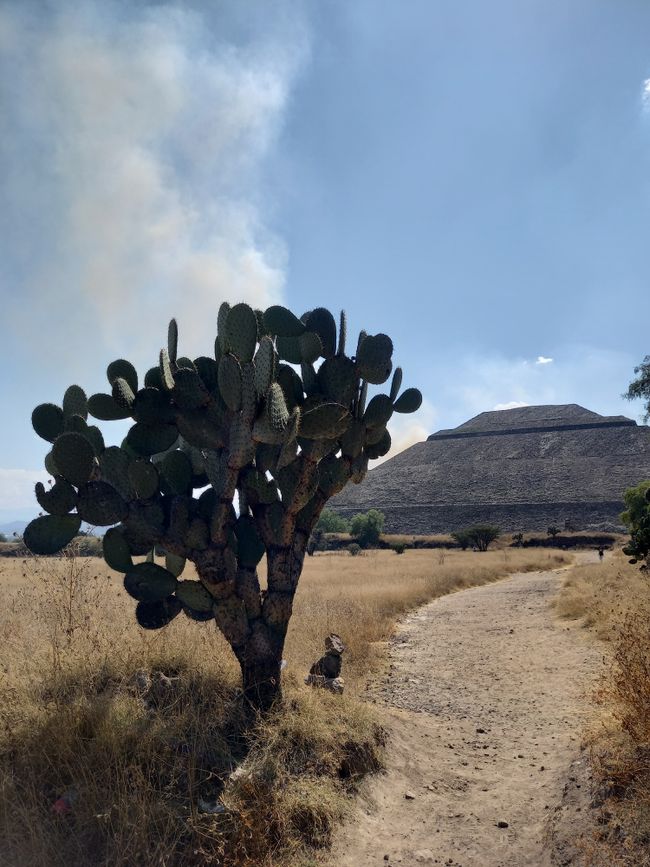
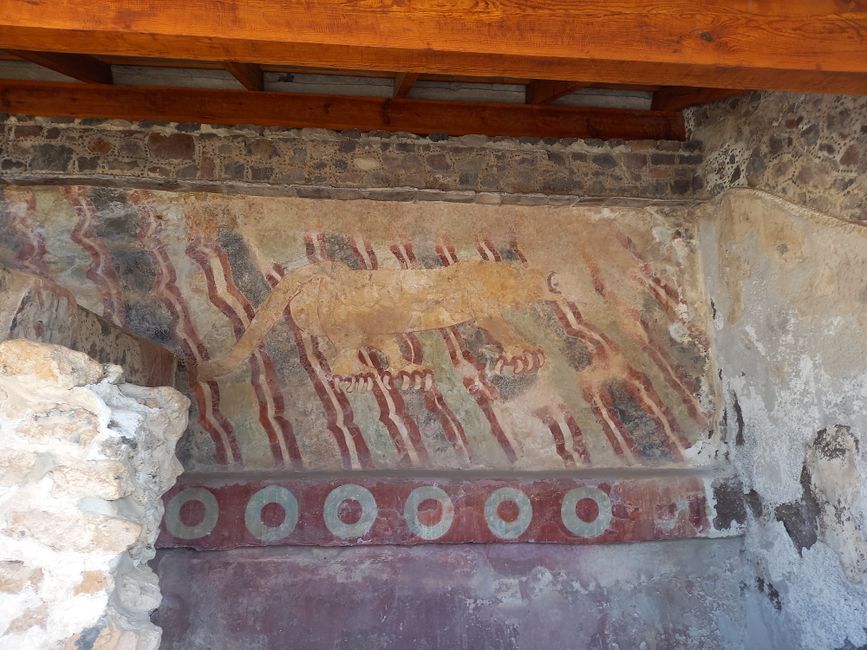
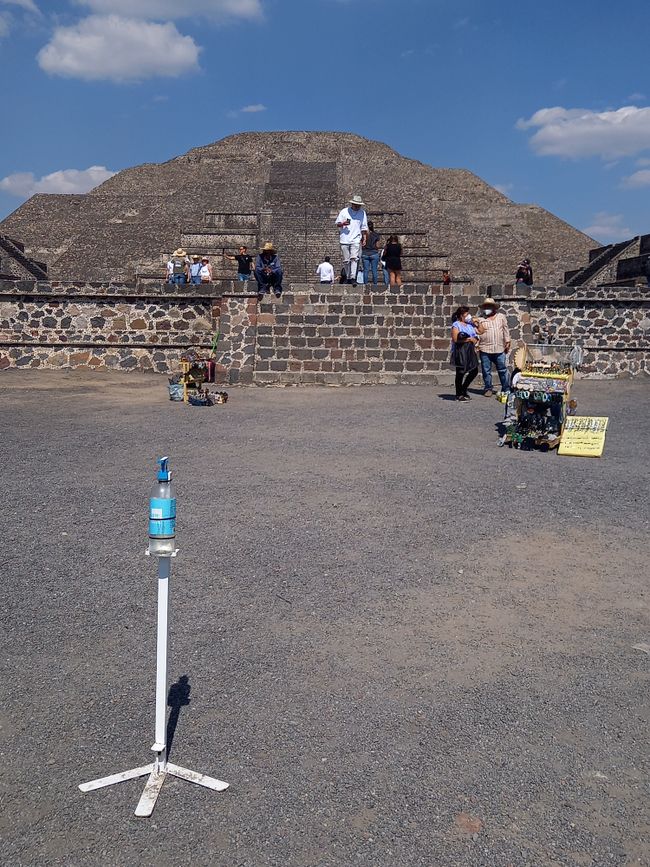
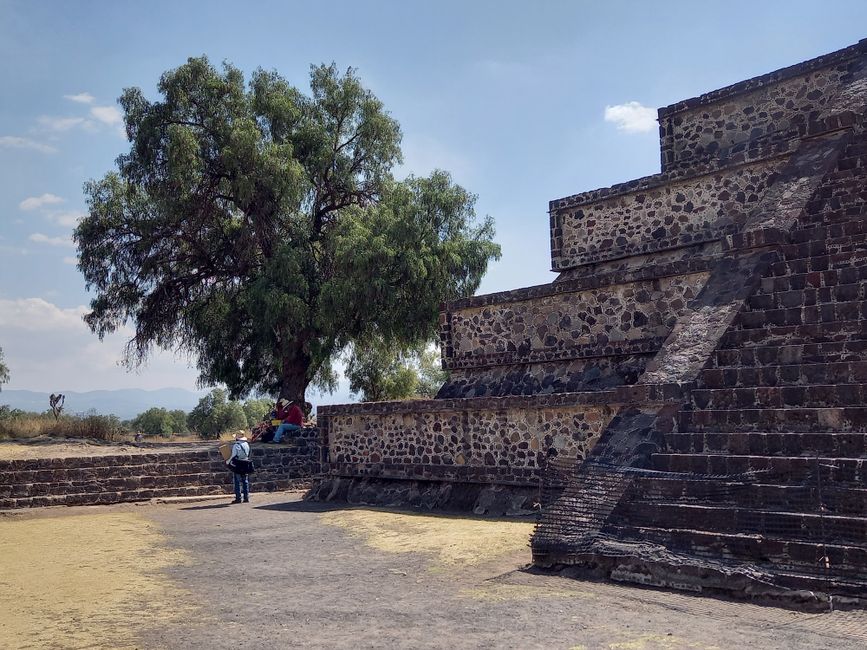
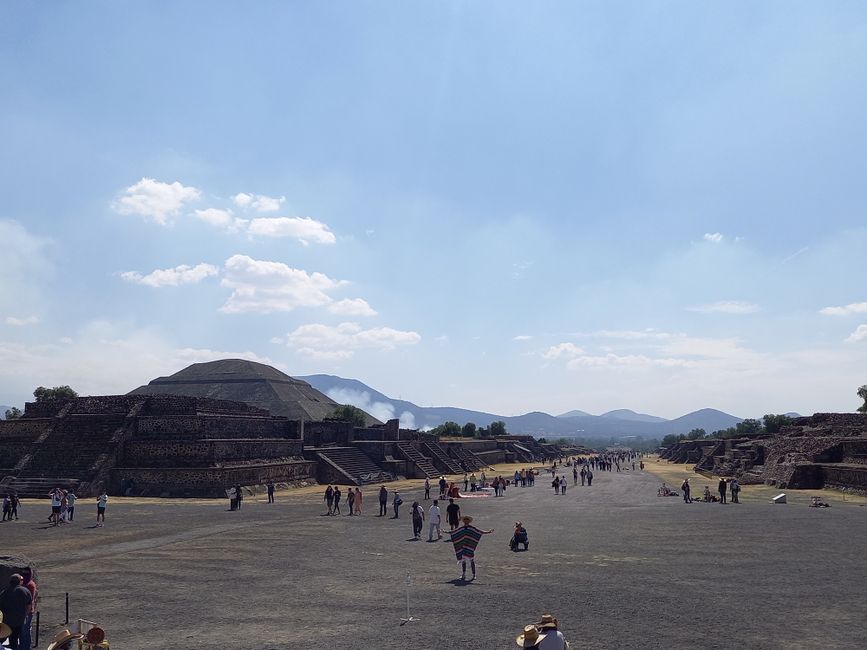

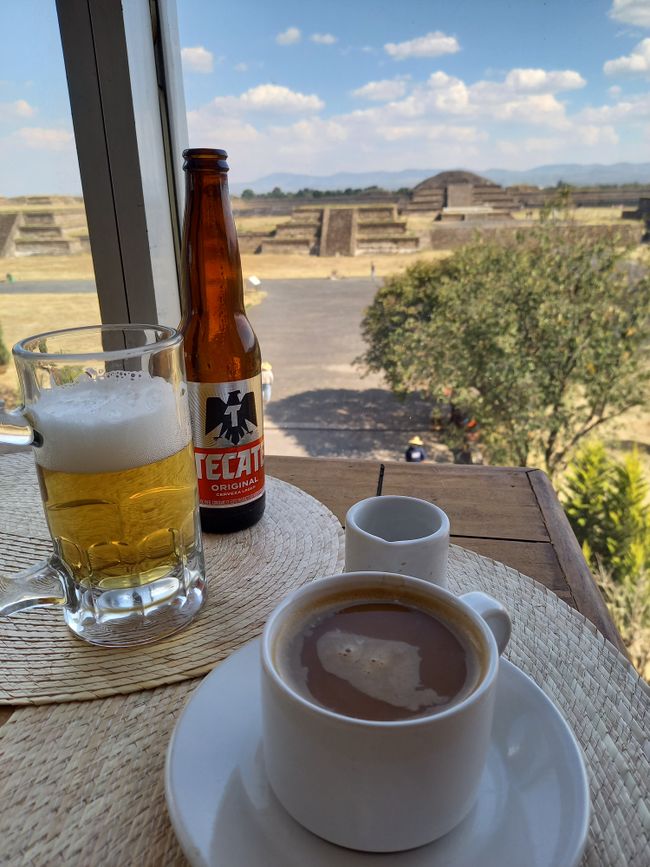




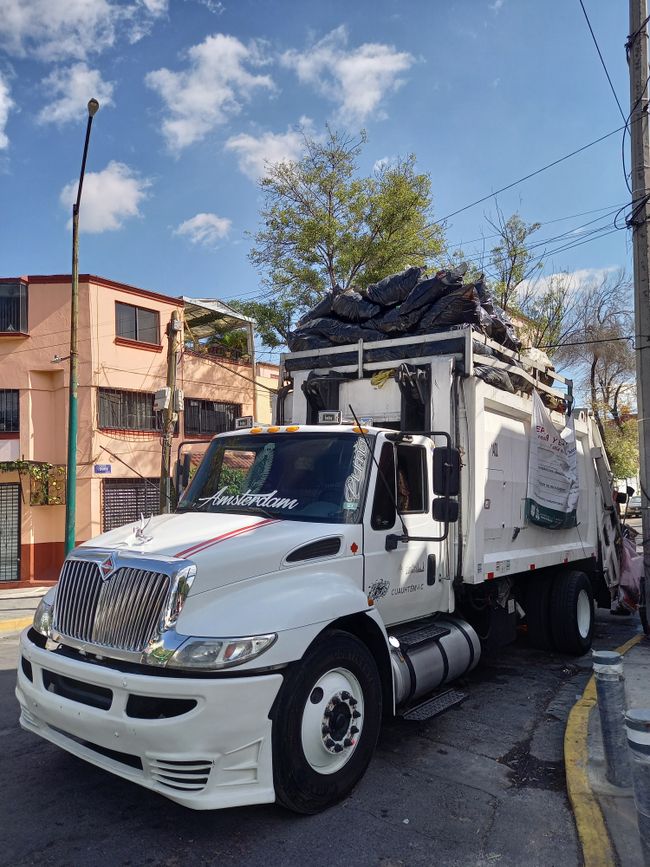

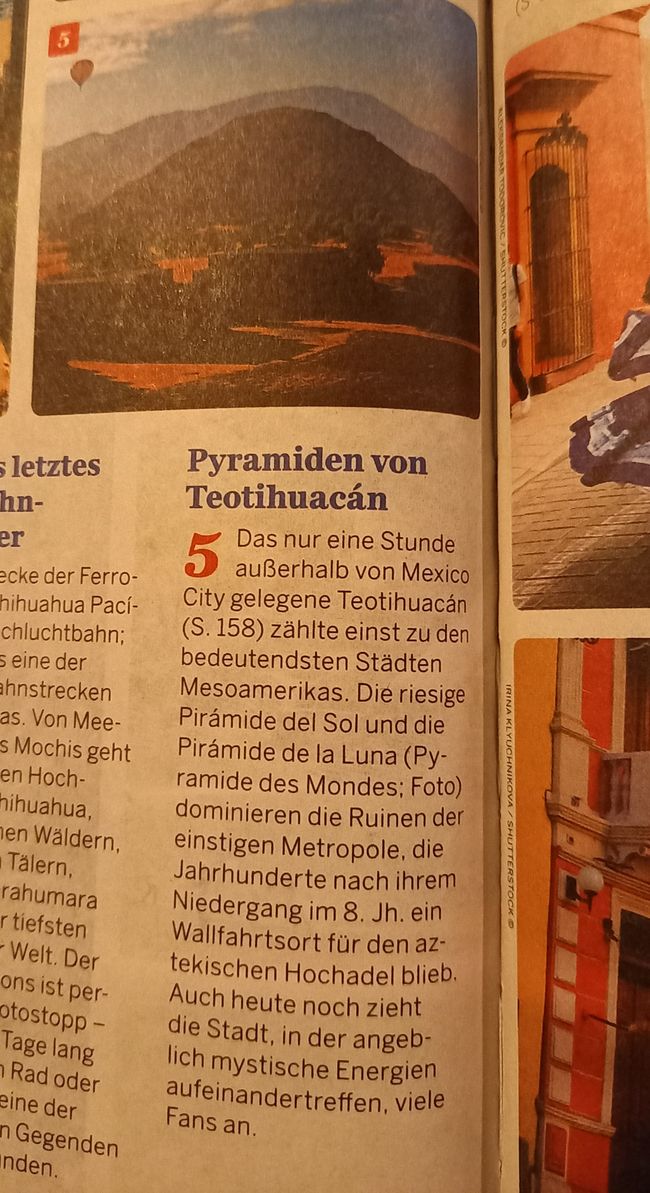
Another journey into the past, more pyramids from the time before 800 AD, another challenge for the imagination. After all, these buildings made of dead stone were once lively cities with several thousand to 100,000 inhabitants in remote regions. Temples and palaces shone in bright blue and red, frescoes and decorations were not preserved, just like adobe huts and wooden structures. These Mesoamerican, pre-Hispanic civilizations were embedded in a network of trade relations and shared cultural practices. By the time the Aztecs dominated much of present-day Mexico from around 1400, the era of the American pyramids was already 600 to 1300 years in the past.
Teotihuacan, about 50 km northeast of Mexico City, impressed with the sheer size of the complex, surrounded by the barren mountains of the highlands. Although the two gigantic pyramids were mainly symmetrical and fell short in comparison to their Egyptian counterparts, the structures, which were created without the use of unknown American pack animals, metal tools, or the wheel, appeared no less mysterious and fascinating.
My fourth trip into the time of the American high cultures (after Oaxaca, Palenque, and Chichen Itza) once again made me realize how unpredictable our Western history was. Religion, culture, and society, as well as calendars, writing, and agriculture, may have been no more than civilizational variables that could be combined in completely different ways.
.Авап
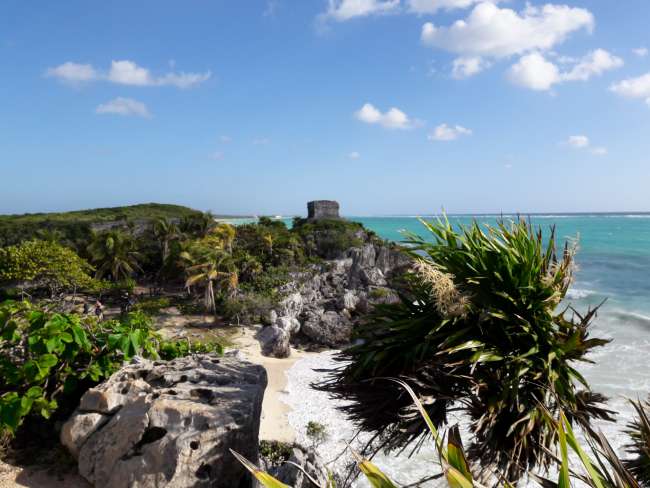
Сәяхәт отчетлары Мексика
